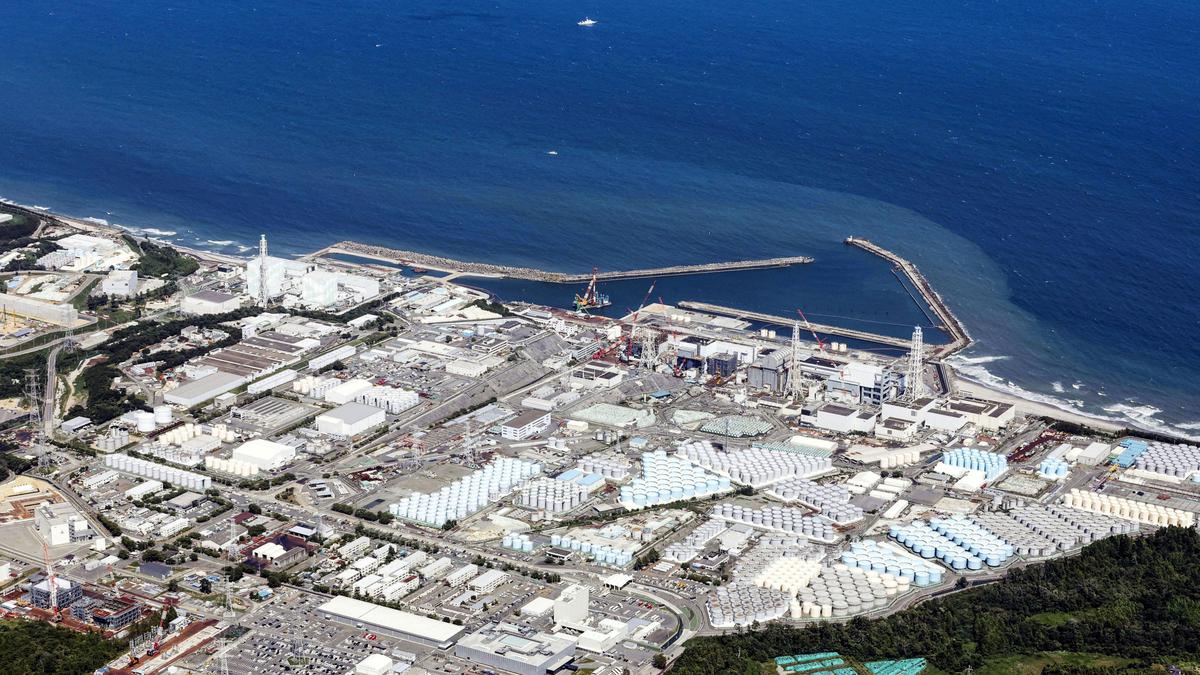Landmark global ocean model affirms Fukushima wastewater release is safe
Science & Technology SciencePosted by AI on 2025-08-10 02:40:54 | Last Updated by AI on 2025-12-24 14:49:57
Share: Facebook | Twitter | Whatsapp | Linkedin Visits: 8

A landmark global-scale study, led by researchers at the University of Tokyo, has provided the first comprehensive look at how radioactive tritium from the Fukushima Dai-ichi nuclear power plant will circulate worldwide over the coming decades, reassuring those concerned about the safety of the planned discharge into the Pacific Ocean.
The researchers used a sophisticated ocean simulation to predict the impact of the release on the circulation patterns of the Pacific, from surface currents to deep ocean trenches, over the next 30 years. Their findings, published in the journal Science, reveal that most of the radioactive material will circulate throughout the entire Pacific Ocean, but only arrive at the North American coast with a trace amount of radiation levels, well below safe limits.
"The model shows that the radioactive material that is discharged into the ocean will be dispersed throughout the Pacific, and that the impact on Japan or any other specific country will be negligible," lead author Dr. Katsumi Sato said.
The findings come more than a decade after a massive earthquake triggered a tsunami that caused a meltdown at the Fukushima nuclear plant. Tens of thousands of tons of contaminated water have accumulated in reservoirs at the site.
The government wants to start releasing the water in the spring of 2023, over three decades, into the Pacific Ocean, about 1 km (0.6 miles) offshore.
Despite assurances from regulators and experts that the plan is safe, the decision sparked fierce opposition from local fishermen and residents, fearing the release could devastate the region's fishing and tourism industries. The study's authors hope their findings will ease those concerns.
"The results of this study can provide a scientific basis to reassure local residents, and also provide useful information for international cooperation related to the discharge of the treated water," said co-author Hideki Murata of the University of Tokyo.
Search
Categories
Recent News
- Hyderabad's Cyber Fraud Alert: Beware of Fake E-Challan Scams
- Obesity Drugs: India's Booming Market
- Hyderabad's Transgender Community Seeks Acceptance and Support
- Hyderabad's Online Scam Epidemic: A Costly Wake-Up Call
- Hyderabad's New Year's Eve: Tight Security, Zero Tolerance
- Hyderabad's Online Scam Epidemic: A Growing Threat
- Hyderabad Cracks Down on New Year's Eve Revelries
- Hyderabad's Drug Bust: Foreign National Deported
Popular News
- Navigating IPO Market Dynamics Amid Volatility and Regulatory Changes
- Innovative Green Practices and Environmental Initiative
- Massive Worldwide Microsoft Outage Disrupts Multiple Sectors
- తెలుగుదేశం పార్టీ - పేదరికాన్ని నిర్మూలించడంలో వాగ్దానం
- Universities Embrace Remote Learning Technologies Amidst Ongoing Pandemic